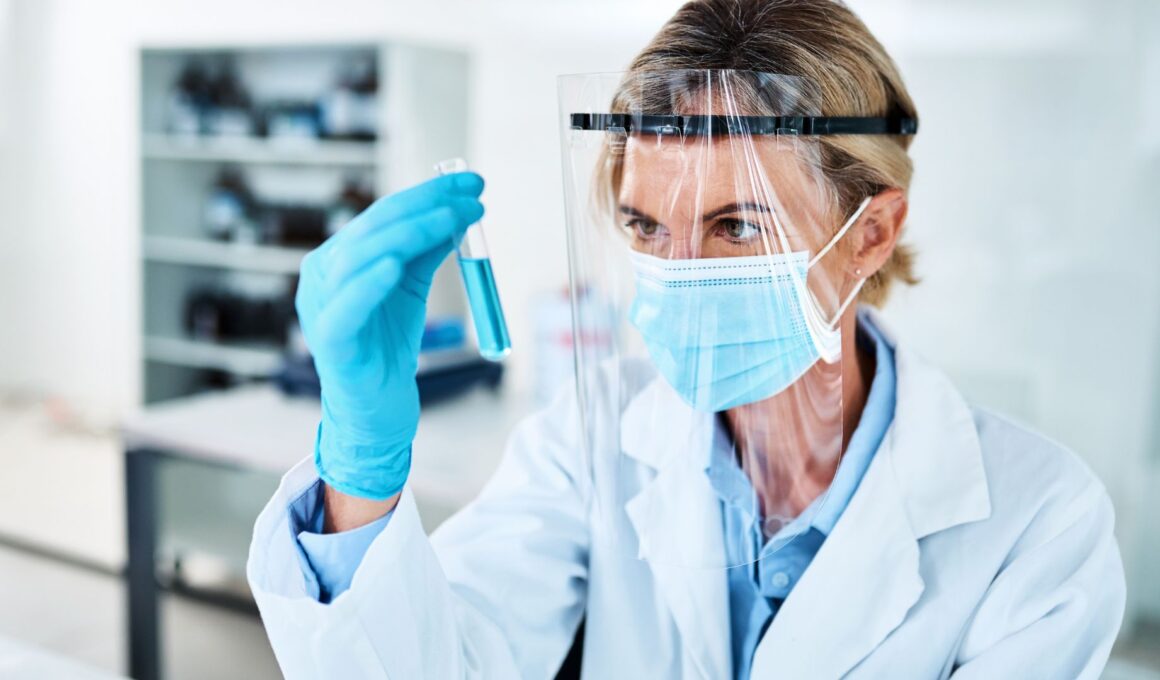Ensuring the Safety and Quality of Sterile Pharmaceuticals through Stringent Manufacturing Practices
1. General Considerations: Good Manufacturing Practices (GMP) for sterile pharmaceutical products are a set of guidelines and standards established by the World Health Organization (WHO) to ensure the consistent quality, safety, and efficacy of sterile pharmaceutical products. These guidelines cover various aspects of manufacturing, quality control, personnel, premises, equipment, and more to ensure that sterile products are produced under controlled conditions to minimize the risk of contamination and ensure patient safety.
2. Quality Control: Quality control is a critical aspect of GMP for sterile pharmaceuticals. It involves comprehensive testing and analysis of raw materials, intermediates, and finished products. This includes checks for identity, purity, potency, and sterility. Quality control also encompasses process validation to ensure that manufacturing processes consistently produce sterile products meeting predefined quality standards.
3. Sanitation: Maintaining a clean and sterile manufacturing environment is paramount. Facilities should be designed to prevent the entry of contaminants. Regular cleaning and disinfection protocols must be in place for equipment, facilities, and personnel. Air quality, temperature, and humidity control are also crucial to prevent microbial growth and maintain product stability.
4. Manufacture of Sterile Preparations: Manufacturing sterile preparations requires specialized equipment and processes. Aseptic techniques must be employed to prevent contamination during the manufacturing process. Proper gowning and sterile barriers are used to ensure that no microorganisms are introduced into the production area.
5. Sterilization: Sterilization is a key step in producing sterile pharmaceuticals. Various methods such as heat, radiation, and chemical sterilization can be used depending on the product and packaging materials. The chosen sterilization method should effectively eliminate all viable microorganisms without compromising the product’s integrity.
6. Terminal Sterilization: Terminal sterilization involves subjecting the final product to sterilization processes after it has been packaged. This approach is commonly used for products that can withstand the sterilization process without degradation. Terminal sterilization methods include autoclaving and dry heat sterilization.
7. Aseptic Processing and Sterilization by Filtration: Aseptic processing involves maintaining a sterile environment during the entire manufacturing process. Sterilization by filtration is a method used for heat-sensitive products. The product is passed through a sterilizing-grade filter that removes microorganisms. The filtration process must be validated to ensure its effectiveness.
8. Isolator Technology: Isolator technology is used to create a barrier between the operator and the product, minimizing the risk of contamination. Isolators provide a controlled environment for aseptic operations, allowing operators to manipulate products without direct contact. Air and material locks maintain sterility while transferring materials.
9. Blow/Fill/Seal Technology: Blow/Fill/Seal (BFS) technology is a highly automated process used for manufacturing sterile liquid dosage forms. Containers are formed, filled with the product, and sealed in a continuous operation. This technology minimizes human intervention and reduces the risk of contamination.
10. Personnel: Personnel involved in sterile product manufacturing must undergo rigorous training on aseptic techniques, gowning, hygiene, and contamination prevention. Regular health checks are conducted to ensure that personnel are not carriers of infectious agents.
11. Premises: Facility design plays a crucial role in preventing contamination. Cleanrooms with controlled air quality, temperature, and humidity are essential. Proper flow of personnel, materials, and equipment should be established to minimize the risk of cross-contamination.
12. Equipment: Equipment used in sterile manufacturing should be designed for easy cleaning and sterilization. Routine maintenance and calibration are necessary to ensure consistent performance. Dedicated equipment should be used for sterile production to prevent cross-contamination.
13. Finishing of Sterile Products: After the manufacturing process is complete, sterile products must be properly packaged to maintain their sterility. The packaging materials must be compatible with the product and the chosen sterilization method. Sealing techniques and packaging materials should be validated to ensure sterility is maintained until product use.
Adhering to WHO Good Manufacturing Practices for sterile pharmaceutical products is essential to ensure the safety, quality, and efficacy of these products. These comprehensive guidelines cover various aspects of manufacturing, quality control, sanitation, and personnel training to prevent contamination and maintain the integrity of sterile products throughout their lifecycle. By following these practices diligently, pharmaceutical manufacturers can contribute to the well-being of patients and uphold the highest standards of healthcare.
Actual document published by World Health Organization (WHO) can be viewed here.







